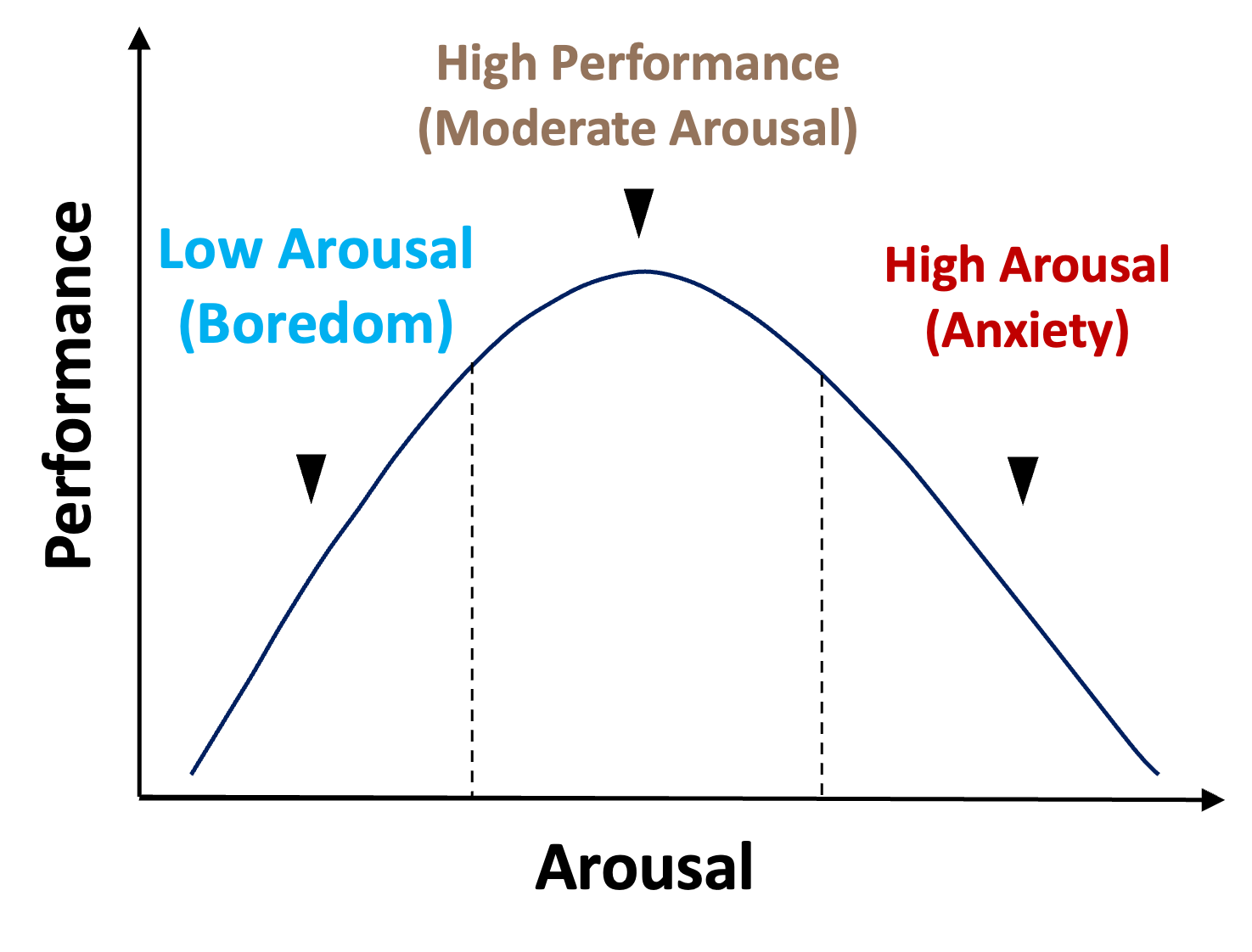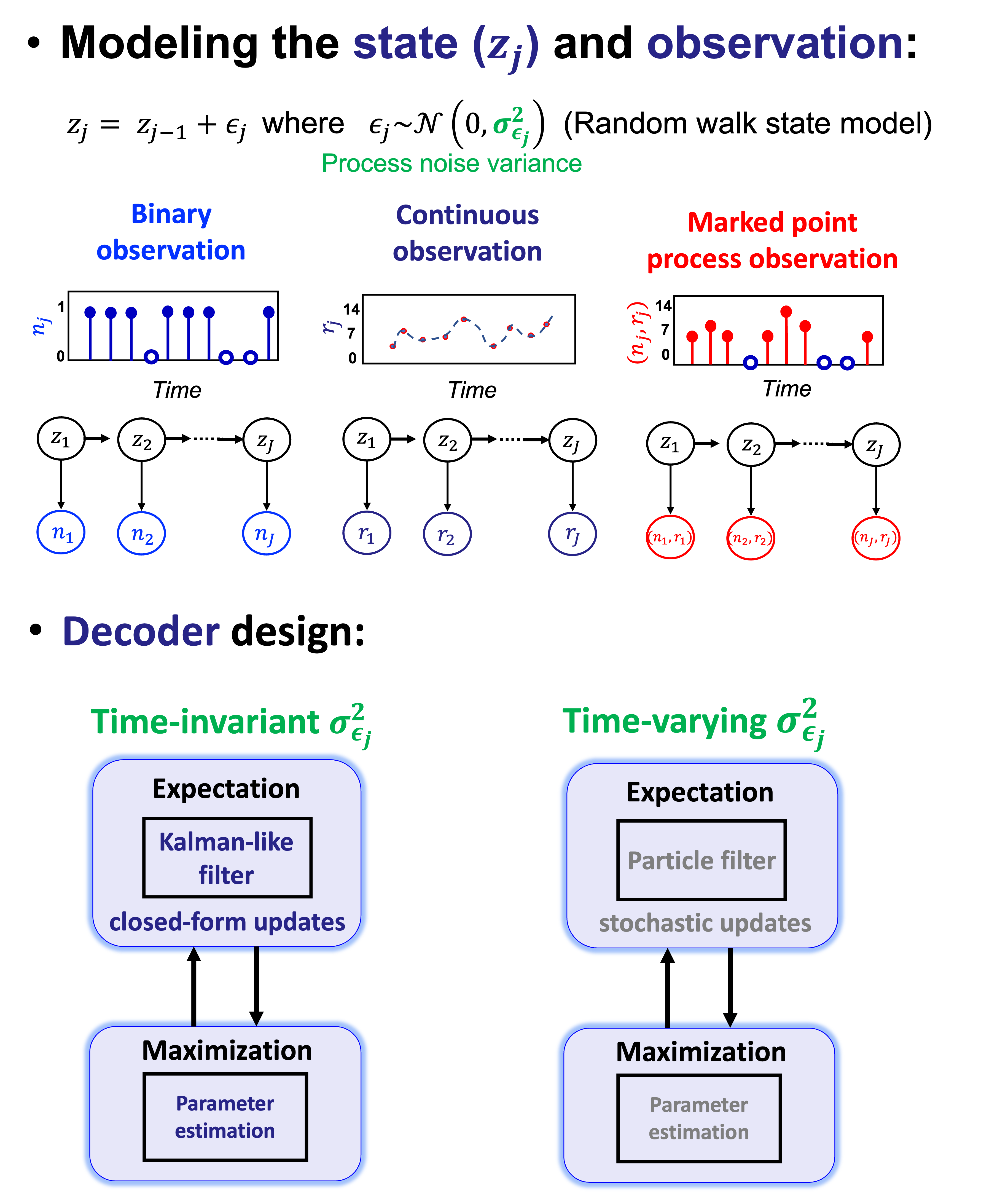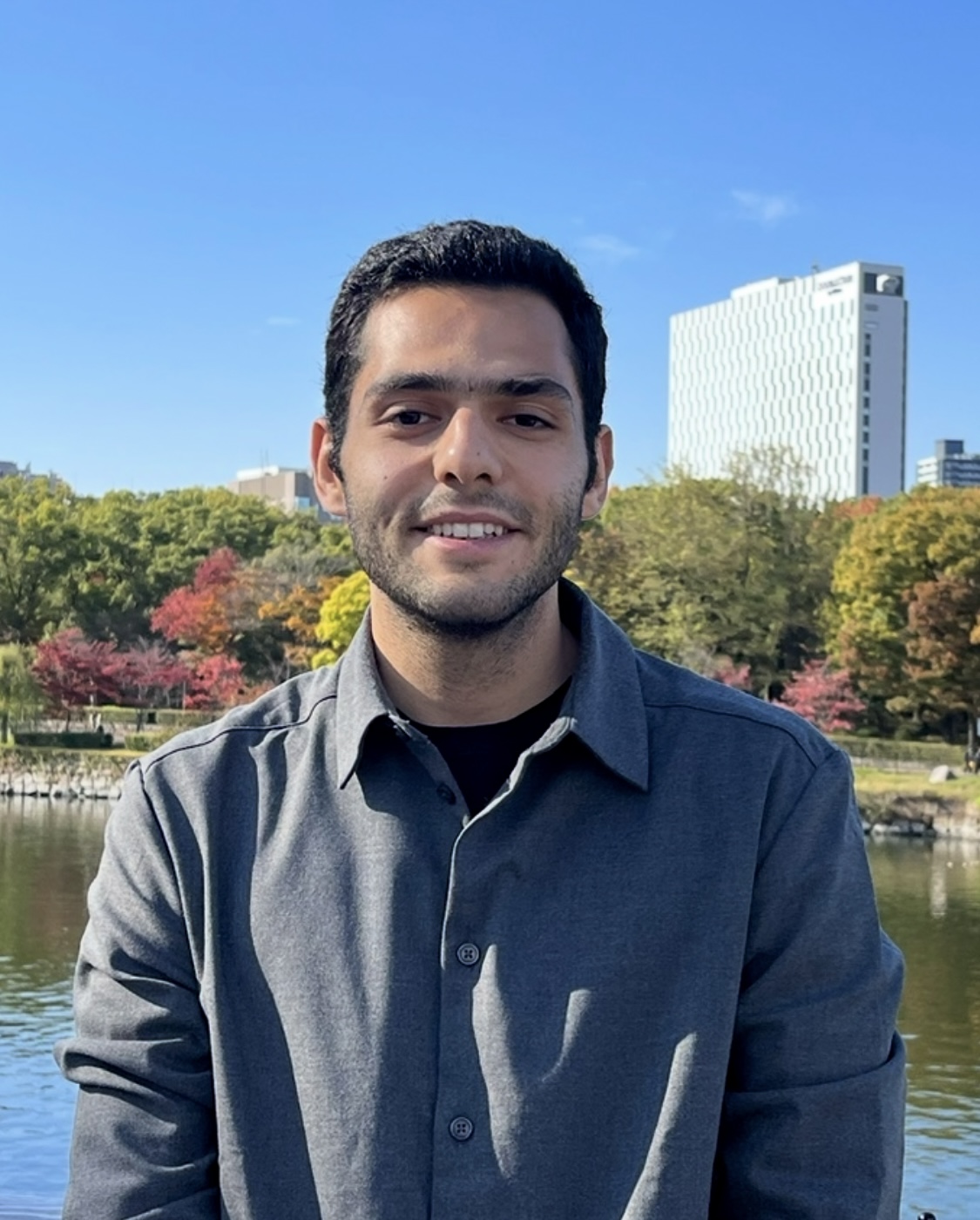About me
I am a fourth-year PhD candidate in the Biomedical Engineering program at New York University (NYU) Tandon School of Engineering, where I am advised by Dr. Rose T. Faghih at the Computational Medicine Lab (CML).
My research lies at the nexus of theory, computing, and data, with applications in computational neuroscience and physiological signal processing. The main objective of my research is to model and decode the hidden brain and health state of interest from the available source of information. Due to the complex anatomy and physiology of the human brain and body, decoding these hidden states encounters challenges such as inter-individual and intra-individual variability and sparsity of training data. My research aims to address these challenges by employing personalized, automated, and system-theoretic toolboxes that can decode the underlying states independent of training data and facilitate the intervention design process in a closed-loop architecture.
Selected Lines of Research
The cognitive arousal and performance are two hidden brain states that are linked closely, and the well-known Yerkes-Dodson law proposed an inverted-U link between the arousal and performance states. This line of research decodes these hidden states and identifies a mathematical model that can express the link between the decoded arousal and performance aligned with the Yerkes-Dodson law.

The cognitive performance state is often modeled by assuming a linear state model and time-invariant model parameters, such as process noise variance. Such assumptions may not resemble a real-world scenario in which the environmental stimuli can impact the hidden cognitive state and lead to a non-linear and time-varying process noise dynamic. This line of research explores the models and decoders that can account for the aforementioned impacts in a non-linear and time-varying paradigm.

